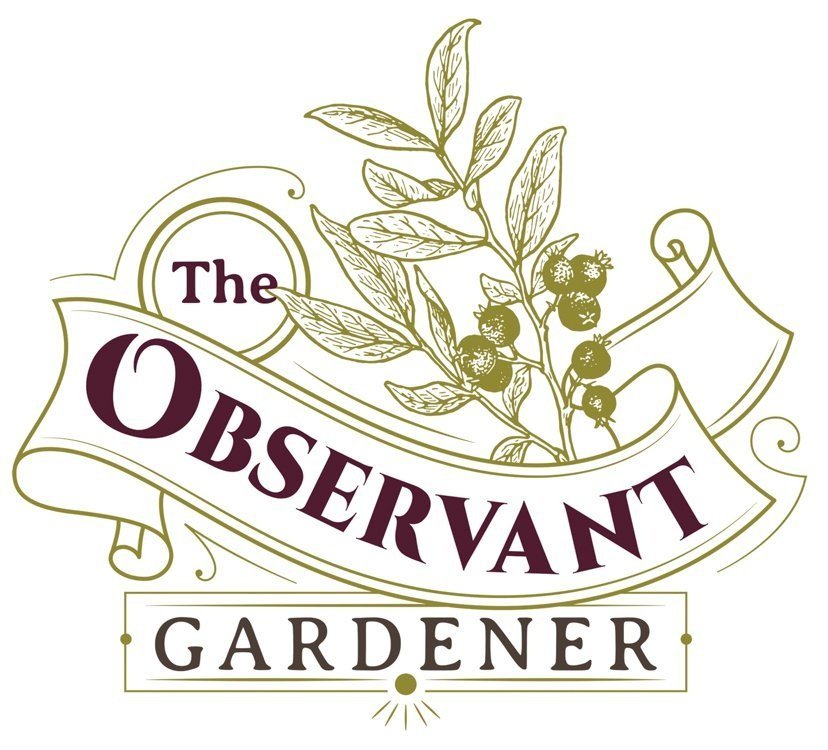Half the interest of a garden is the constant exercise of the imagination. You are always living three, or indeed six, months hence. - Alice Morse Earle, 1897
By August, many gardeners feel that the growing season is coming to an end. For some gardeners, however, late summer is just the beginning of a whole new season. They know that there are cool weather vegetables, such as broccoli, cabbage, rainbow chard, lettuce and Brussels sprouts that thrive in the fall. August is the time to extend your gardening season and harvest an abundance of tasty vegetables well into the cool months of fall and even winter.
Cool Weather Plants Thrive in the Fall
With so many plants having finished for the season by September, cool weather vegetables can become the dominant plants in your garden. I enjoy seeing them on a cold morning with their vibrant green leaves. I am always surprised and delighted that these plants can endure a frosty night or even a snowfall. A period of cold weather makes them taste sweeter.
Starting from seeds in August is usually too late for plants to mature into a fall crop, but in late summer most garden centers offer seedlings for cool weather vegetables. When I saw these seedlings last August, I experimented by planting some of my favorite fall vegetables such as cabbage, kale and Brussels sprouts.
Once I planted the seedlings, I put row cover over them to protect the young plants from insects. In previous years, my early summer plantings of kale and cabbage failed because of insect damage. The benefit of fall planting is that the cool evenings kill off harmful insects, giving the plants a chance to mature. Not only that, but after the summer vegetables finish their season, the cool weather plants grow into the stars of the garden with their handsome foliage!
The red cabbage, one of my favorite vegetables, produces large blue leaves with dark red veins. Green cabbages produce heads that look like roses. Even after several frosty nights last November, my cabbages were still going strong. Lacinato kale, with its dark green leaves, is also a striking fall plant. I even discovered that parsley, which I grow all summer, grows well into the fall.
Many Plants Can Survive a North Carolina Winter
Last year was my first time growing cold-hardy vegetables through an entire winter. There were several snowfalls and many freezing nights in Asheville. After each snowfall I would walk out to the garden to inspect my plants. The large leaves of the cabbages and Brussels sprouts would be covered with snow. One morning, after a particularly cold night, there were ice crystals on the leaves, which was a beautiful sight. Throughout the winter, my vegetables were fine!
By April it was time to clear the vegetable bed and make room for a new season of planting, but my winter plants still had surprises for me. When I removed the Brussels sprouts, the stalks contained many tiny round sprouts. The red cabbages had heads hidden in the handsome leaves. The heads went into spring salads and the leaves went into the compost bin.
I now had a clean garden bed for the summer and a reward of Brussels sprouts and cabbage heads to eat! This August and September, keep cool weather vegetables in mind to extend your gardening season.
This article appears in The Laurel of Asheville. Follow @TheObservantGardener on Instagram to see new garden photos daily!

